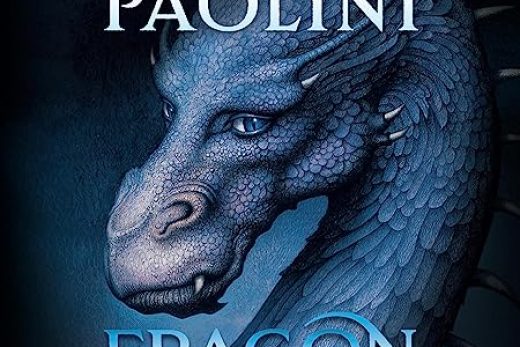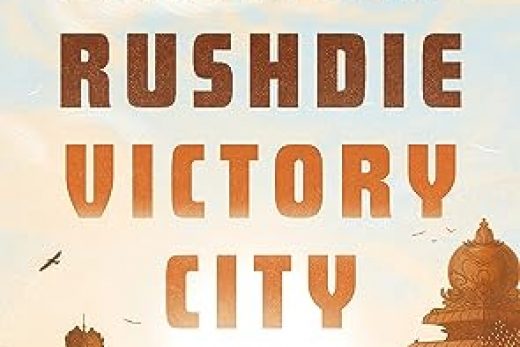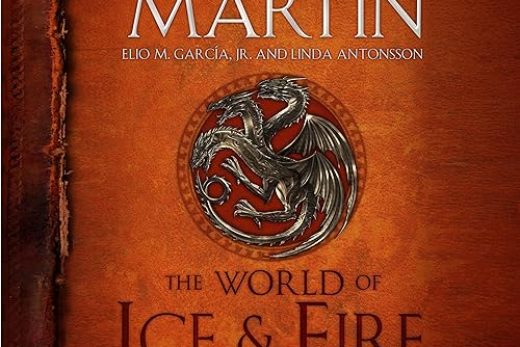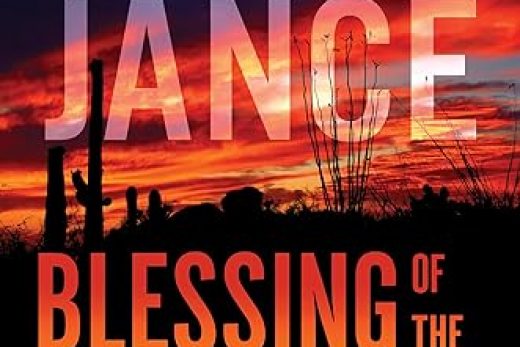
Frank Herbert’s famed trilogy delves deeply into a universe brimming with intricate politics, religions, and environmental challenges. At its core, these novels center around the desert planet Arrakis, its precious resource melange (often misspelt as mélange), and the powerful families vying for control.
The first book, Dune, introduces us to young Paul Atreides. Amidst treachery and warfare, he navigates the complexities of his new home on Arrakis, discovering his potential and the far-reaching consequences of his decisions. This narrative is enriched by an exploration of themes like power dynamics, ecological challenges, and human evolution.
Dune Messiah, the sequel, delves further into the consequences of Paul’s rise to power. Here, readers witness the challenges of leadership and the weight of prophecy. The nuances of morality and destiny are at play, painting a picture of a ruler’s vulnerabilities.
Lastly, Children of Dune emphasizes the generational shifts of power and how history often comes full circle. It showcases the struggles of Paul’s offspring as they grapple with their destinies amid a sea of political and religious challenges.
What sets this trilogy apart? Its ability to weave intricate details into a vast universe. Herbert’s world-building is impeccable. Every character, from the nomadic Fremen to the power-hungry Harkonnens, is meticulously crafted. Moreover, the series offers an allegory for real-world issues like resource control, the intricacies of politics, and the ever-evolving nature of humanity.
For readers passionate about deep-thinking sci-fi, brimming with philosophy and intricate plots, Herbert’s trilogy stands tall. It’s more than just a tale of space and sandworms; it’s a reflection on humanity’s core strengths and weaknesses.









